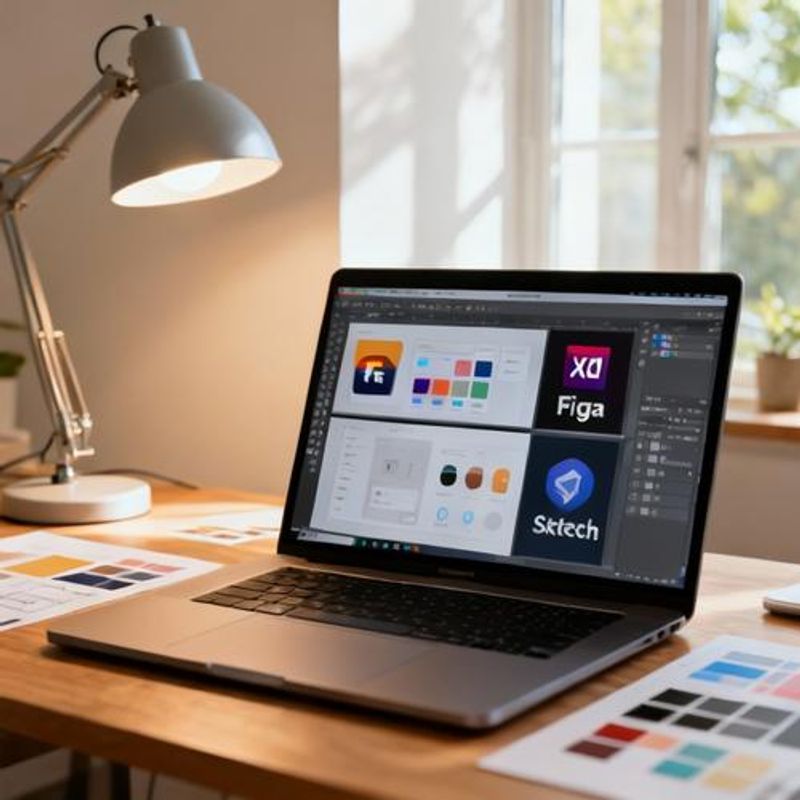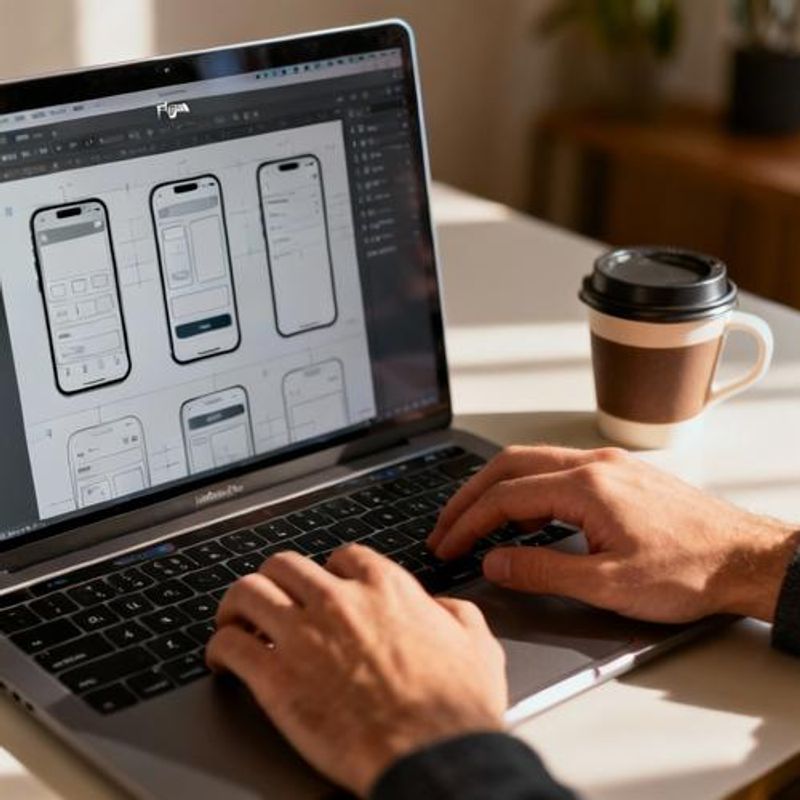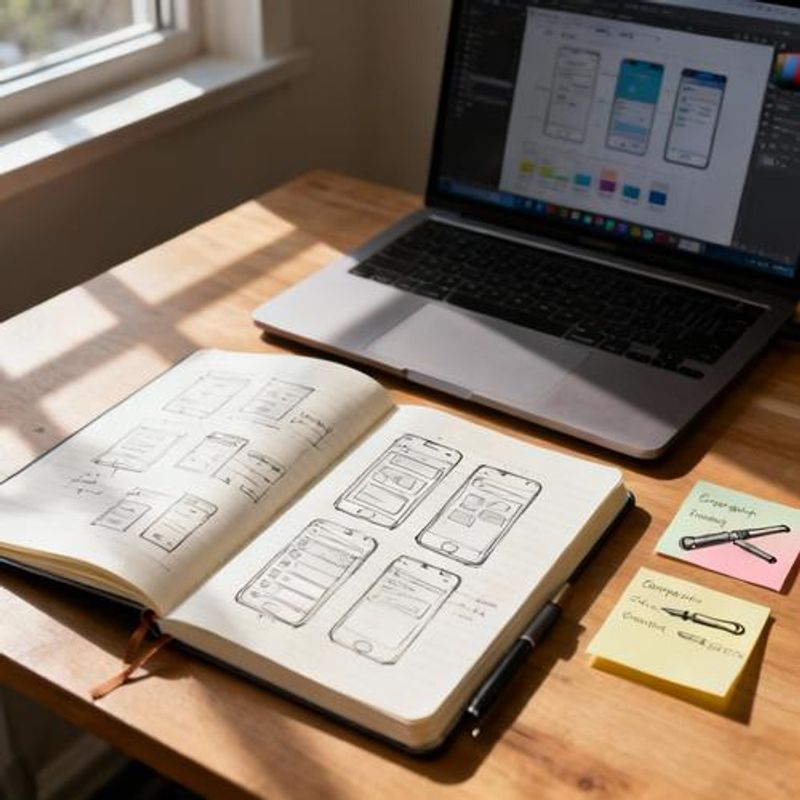Best UI Design Tools for Beginners: A Complete Guide to Start Your Design Journey

Starting your UI design journey feels overwhelming when faced with dozens of design tools, each claiming to be the best. As a design student or beginner, you need practical guidance on which UI design tools actually matter for learning and building your first portfolio. This guide breaks down the essential tools you need to know, their specific strengths for beginners, and how to choose the right one for your current skill level and budget.

Why Choosing the Right UI Design Tools Matters for Beginners
The tool you learn first shapes how you think about design. Many design students waste months learning complex software that doesn't match their current needs or industry standards. The wrong choice can slow your progress, limit collaboration opportunities, and create unnecessary barriers to sharing your work. As someone starting their design journey, you need tools that balance professional capabilities with gentle learning curves, offer strong community support, and won't break your student budget.
Quick Start: Top 3 UI Design Tools for Beginners
If you're ready to start designing today, here are the three tools most beginners should consider first:
- Figma - Best overall choice for beginners due to free tier, web-based access, and industry adoption
- Canva - Ideal for quick learning and template-based designs with minimal learning curve
- Adobe XD - Strong choice if you're already in Adobe ecosystem or plan professional design career

Figma: The Beginner-Friendly Industry Standard
Figma has become the go-to choice for new designers because it removes traditional barriers to entry. You can start designing immediately in your browser without downloads or installations. The free plan provides everything beginners need: unlimited personal files, up to 3 projects, and access to thousands of community templates. Most importantly, Figma's collaborative features mirror how professional design teams actually work, giving you real-world experience from day one. The learning curve is gentle enough for complete beginners, yet the tool is powerful enough that you won't outgrow it as you advance.
Alternative Tools and When to Use Them
While Figma suits most beginners, specific situations call for different tools. Canva excels for students who need quick results with minimal learning investment - perfect for class projects or personal branding. Adobe XD integrates seamlessly with Photoshop and Illustrator if you're already comfortable with Adobe's interface patterns. Sketch remains popular in agencies, though its Mac-only limitation excludes many students. For those interested in code-to-design workflows, Framer offers advanced prototyping capabilities, though it requires more technical knowledge.
Step-by-Step: Getting Started with Your First UI Design Tool
Start by creating accounts for both Figma and one alternative tool to compare interfaces. Spend your first week exploring pre-made templates rather than starting from scratch - this teaches you design patterns and tool capabilities simultaneously. Focus on recreating simple interfaces you use daily, like Instagram's story interface or your banking app's login screen. This approach builds muscle memory while teaching you to deconstruct designs you encounter. Complete at least three small projects before diving into complex features like advanced prototyping or component systems.

Common Beginner Mistakes and How to Avoid Them
The biggest mistake beginners make is jumping between too many tools before mastering one. This creates confusion and slows skill development. Avoid the temptation to learn every new tool that gets mentioned in design communities. Another common error is focusing on advanced features before understanding design fundamentals - no tool can fix poor typography or color choices. Don't skip the basics of grids, spacing, and hierarchy in favor of flashy animations. Finally, many students work in isolation instead of using collaboration features that teach real-world design workflows.
Building Your Design Skills Beyond the Tools
Remember that UI design tools are means to an end, not the end itself. The most successful design students spend equal time studying design principles, analyzing existing interfaces, and understanding user needs. Join design communities like Designer Hangout or Figma's Community to see how others solve design problems. Practice daily with small exercises - redesign a button, improve a form, or create variations of an icon. Document your learning process and decisions, as this builds the critical thinking skills that separate good designers from tool operators.
Your Next Steps in UI Design
Start with Figma today - create your free account and complete their official tutorials. Set a goal to finish your first complete interface design within two weeks, whether it's a simple mobile app screen or website homepage. Join the Figma Community and bookmark three template files that inspire you. As you build confidence, explore advanced features like auto-layout and component variants. Most importantly, share your work early and often to get feedback and connect with other learners. Your design journey begins with that first tool choice, but your growth comes from consistent practice and community engagement.